Popular Stories
YOU MIGHT BE INTERESTED IN
Old is Gold: History of Tata Sumo
by Kshitij Rawat |
21/04/2020
The first car to be designed in India, and the first car to be specifically designed for India, Tata Sumo was introduced to the Indian market as an off-road-capable, nine-seater Utility Vehicle. That made it ideal for commercial uses, military, as well as for joint families. A diverse portfolio, wouldn’t you say?











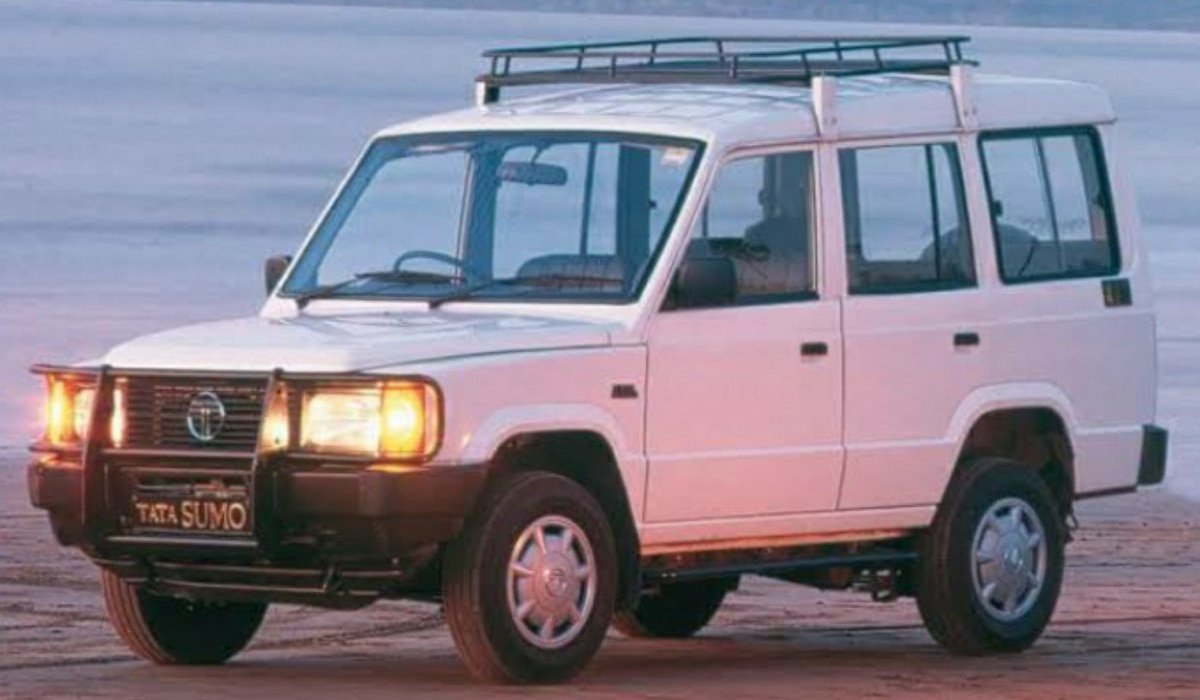

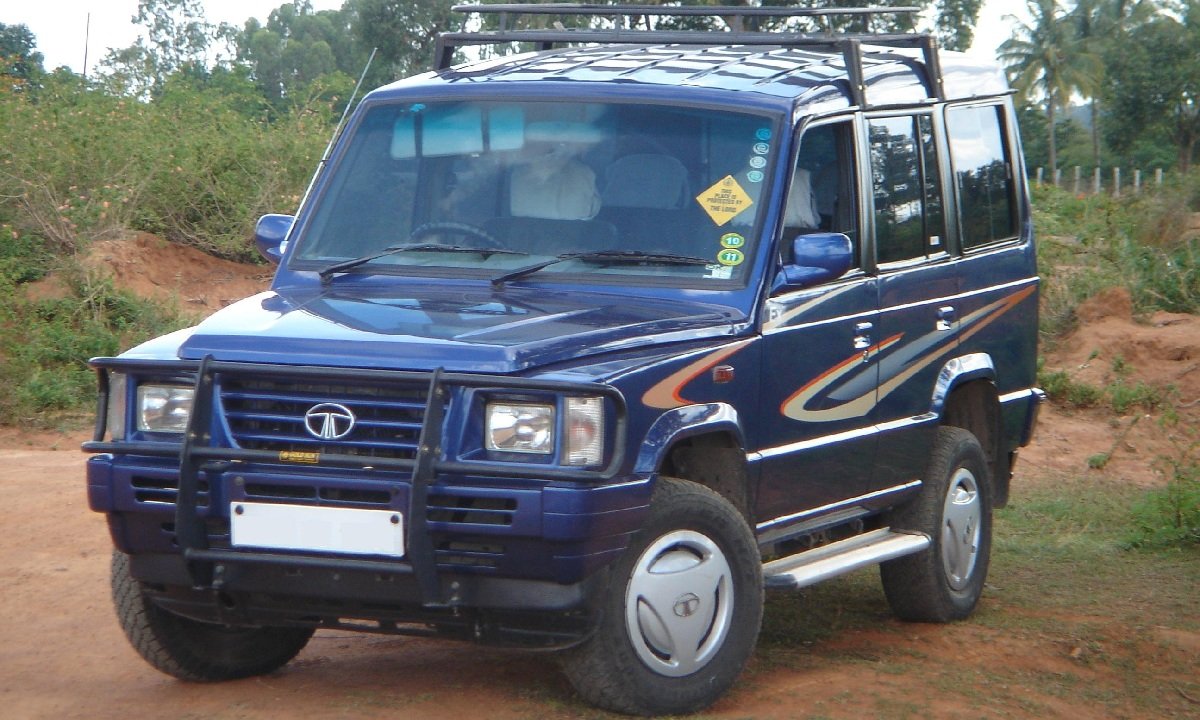

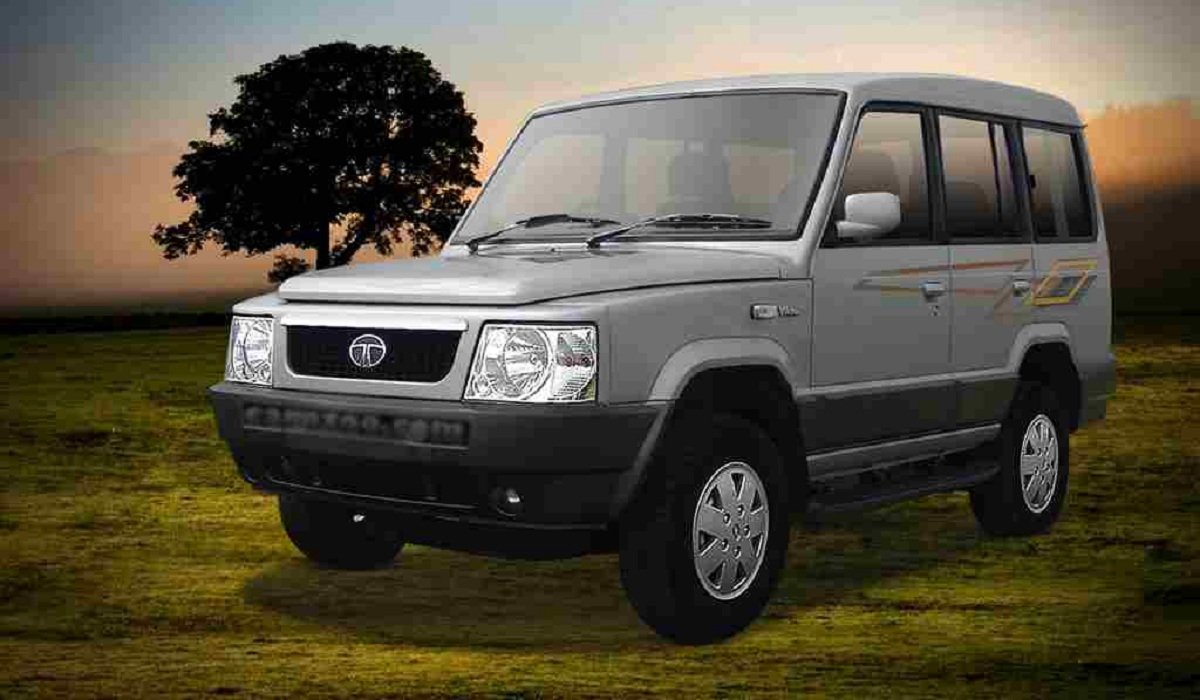


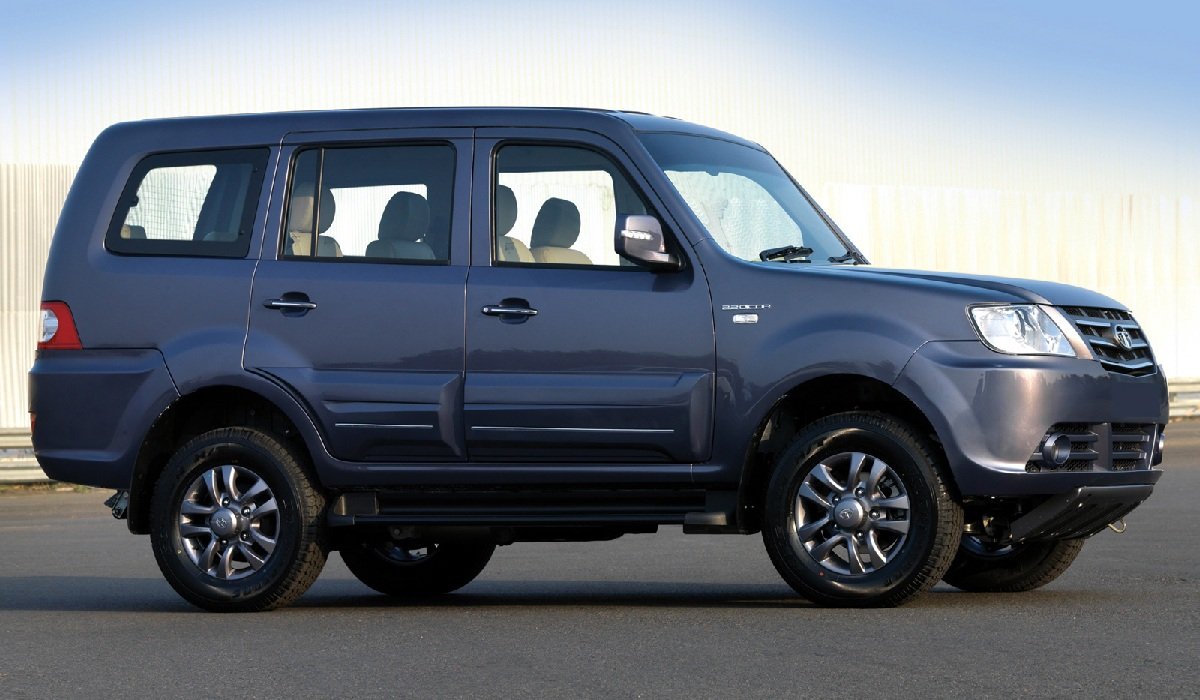
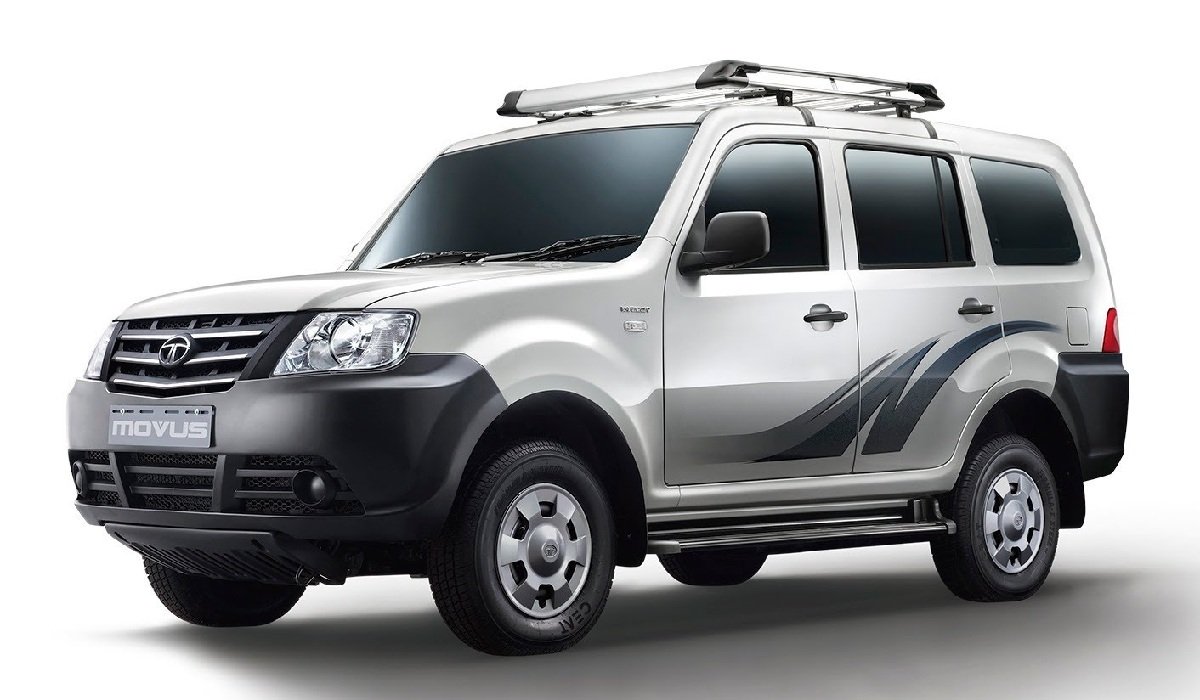
 Follow us on google news
Follow us on google news
